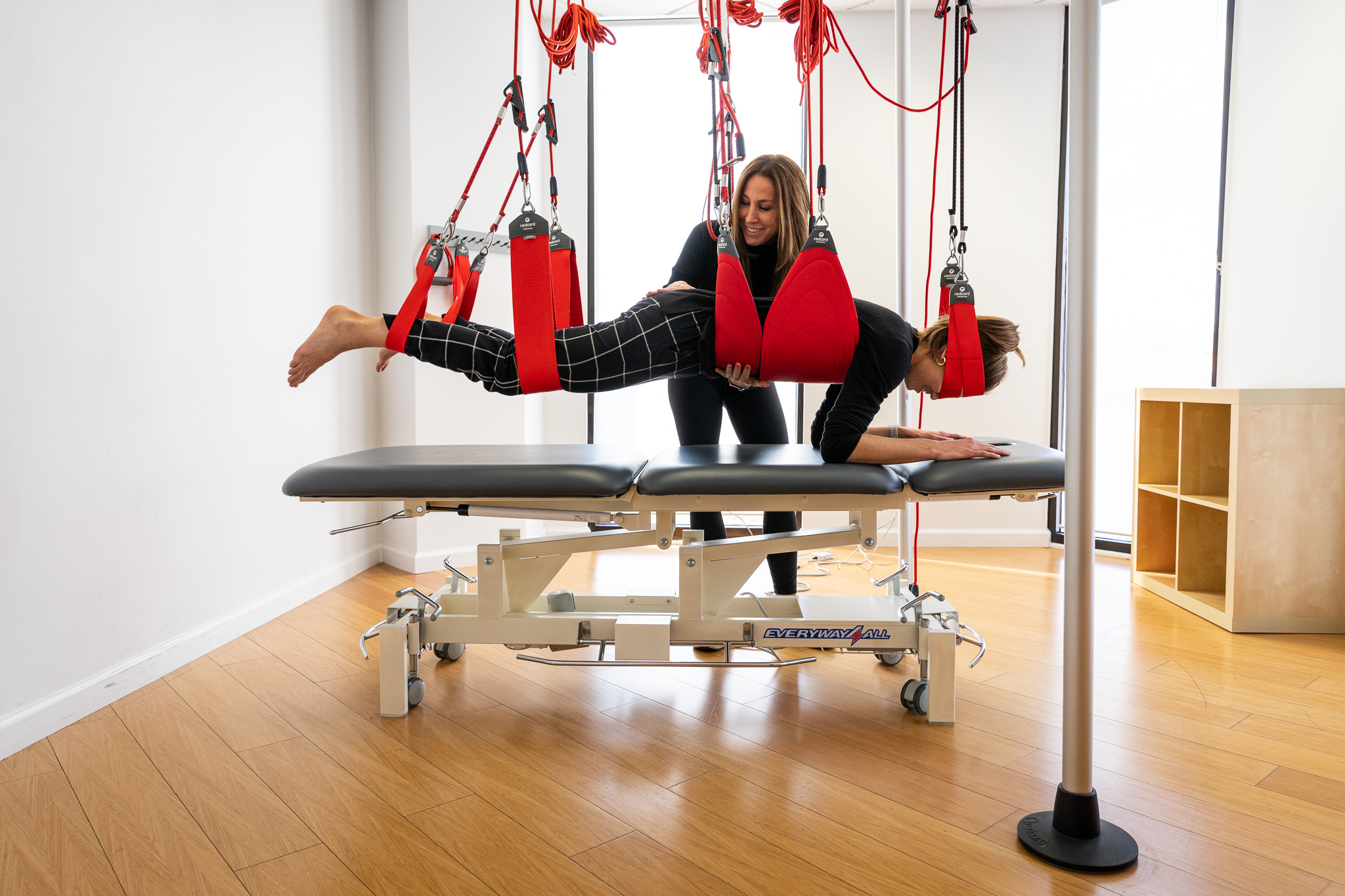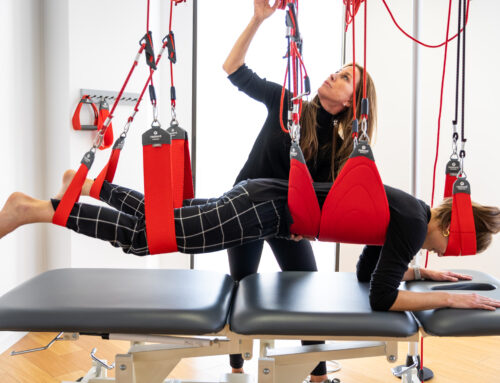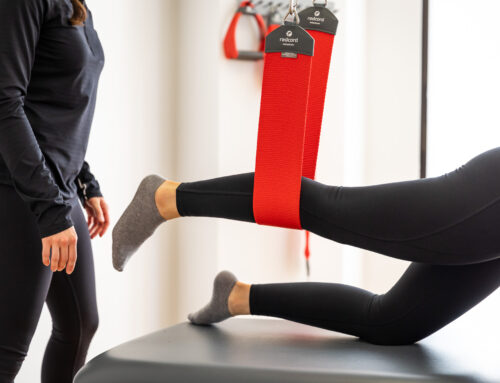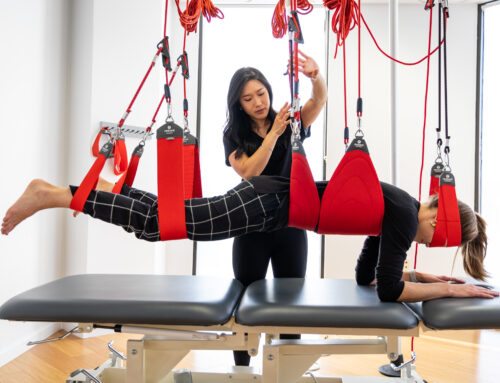Purpose: The purpose of this study was to examine changes in the muscle tone and stiffness of the lumbar region while individuals adopted the static prone position using sling suspension.
Subjects and Methods: The subjects were 30 healthy women in their 20s. The muscle tone and stiffness of the upper and lower lumbar regions of the sling suspension group and a control group were measured using myotonmetory as they maintained the static prone positon.
Results: The sling suspension group showed statistically significant declines in the muscle tone and stiffness of the upper lumbar region 5–10 min after adopting the initial prone position. They also showed statistically significant declines in the muscle tone and stiffness of the lower lumbar region immediately after being suspended in the slings and a statistically significant decline in the muscle tone of the lower lumbar region 5–10 min after adopting the initial prone position during which the sling suspension was applied. In contrast, the muscle tone and stiffness of the lumbar region of the control group increased while maintaining the static prone position.
Conclusion: The static prone position performed on a treatment table using sling suspension can be an effective intervention for reducing the muscle tone and stiffness of the lumbar region.
Key words: Muscle tone, Sling, Static prone position





